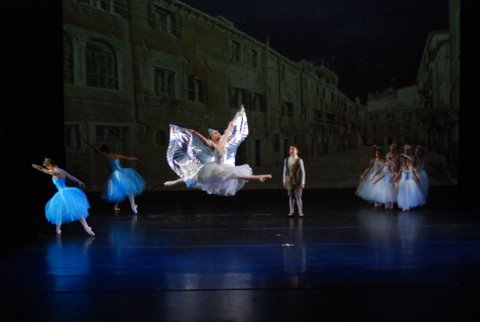by Risa Gary Kaplowitz

A few weeks ago, I found myself watching a YouTube video of an “original” ballet choreographed this year. It had been posted by a small professional company on the West Coast. I don’t remember how I came upon it because the shock that hit me within the first few minutes obliterated any memory of that minor detail.
The ballet that I had found on YouTube was based on the same classic children’s story as the one on which I had based my original choreography for a DanceVision production that premiered in New Jersey six years ago. The California based company had used a contemporary vocabulary, while I had used a neo-classical one. Also, they had commissioned an original musical score, while I arranged classical pieces to create the music for my ballet.
Still, there were undeniable similarities between my treatment of the story and the version I found on YouTube. For example, I had focused on a minor character in the story, and so did the other company. The flow of my narrative differed from that of the book on which it was based, yet the other company seemingly used the same order of events as I did.
Most troubling was how similar the other company’s production looked to the one I designed for DanceVision. The YouTube video showed a digitally animated backdrop to support the storyline, a tool that was not widely used in ballet productions at the time. I used it in my production, well before the highly original animation tool helped garner acclaim for The Royal Ballet’s version of “Alice’s Adventures in Wonderland,” choreographed by Christopher Wheeldon. DanceVision’s animator and I painstakingly organized my animated backdrop. I subsequently saw projections very similar to ours in the other company’s production, to which my reaction was one of jaw dropping recognition. One scene in particular appeared to have miraculously flown into their video.
Was it merely coincidence that enabled a company on the opposite coast to produce a ballet twin-like to mine? [Read more…]




